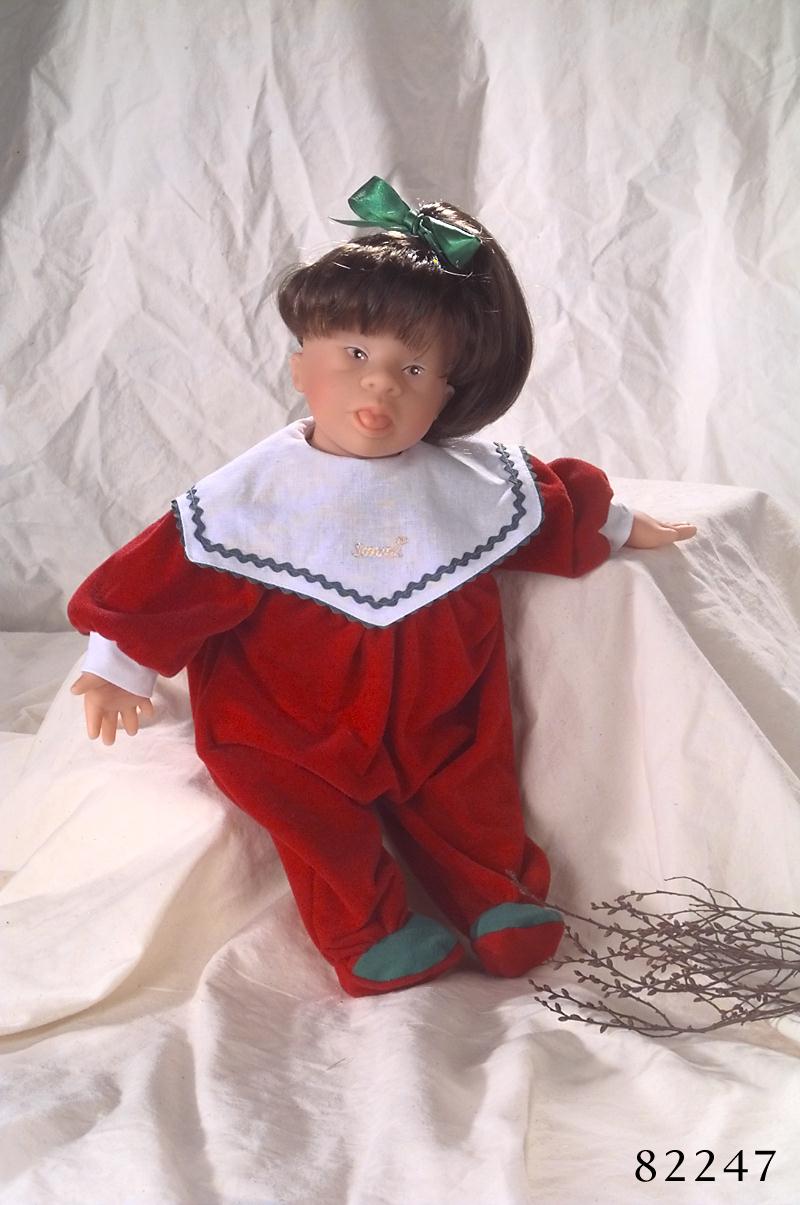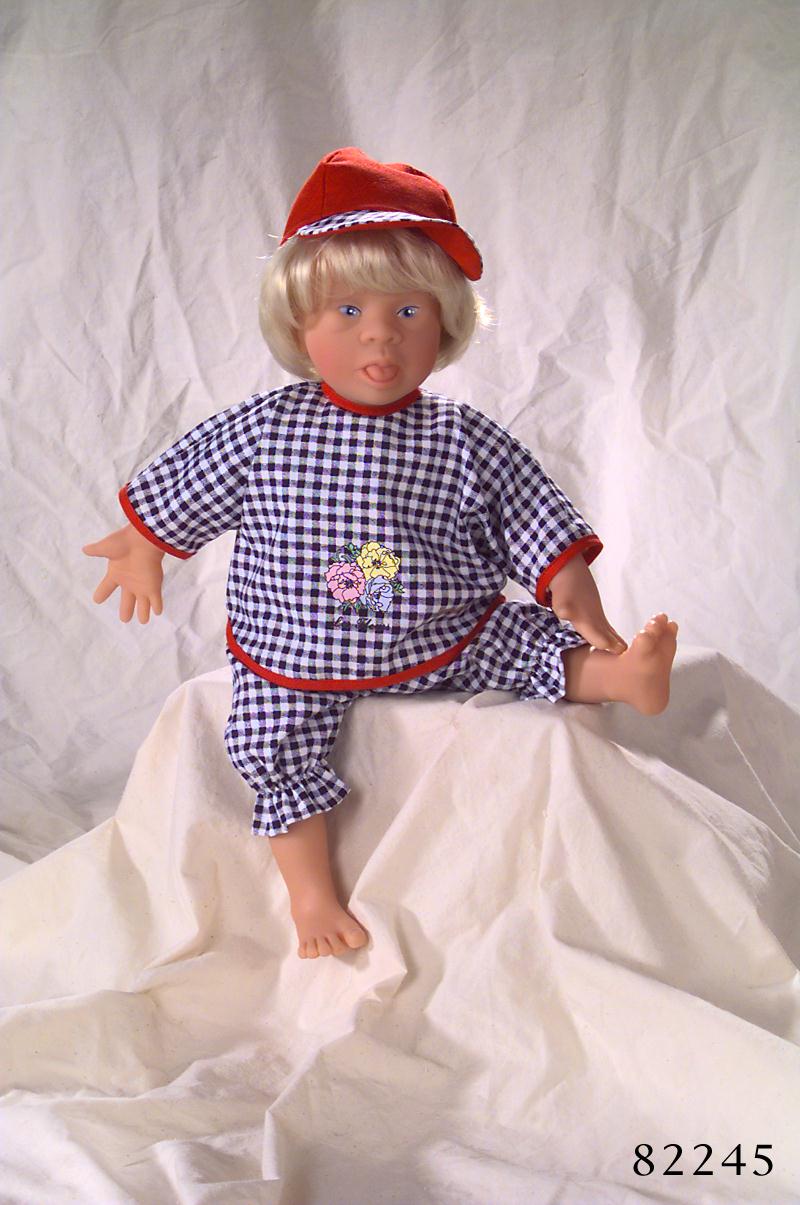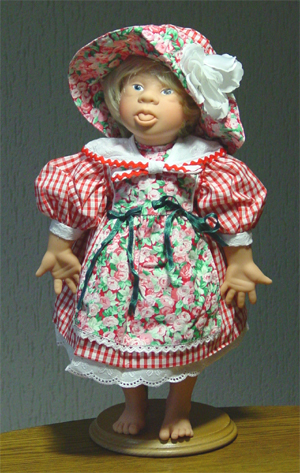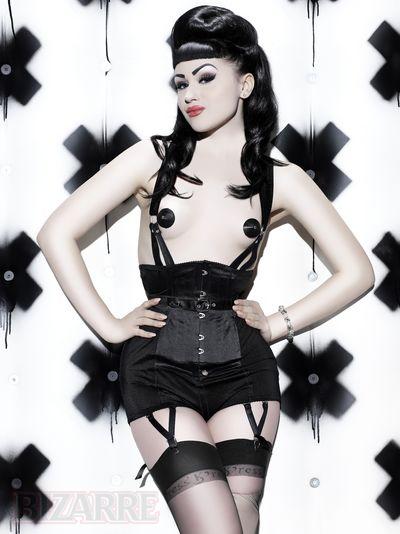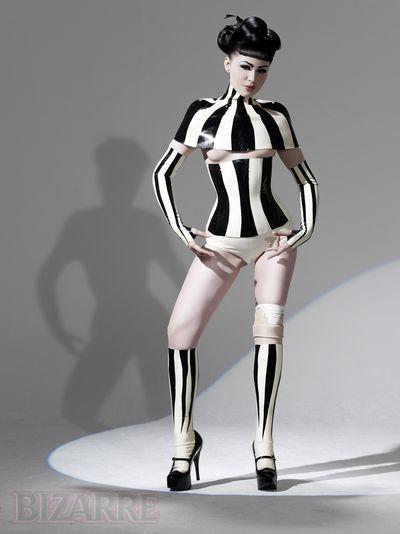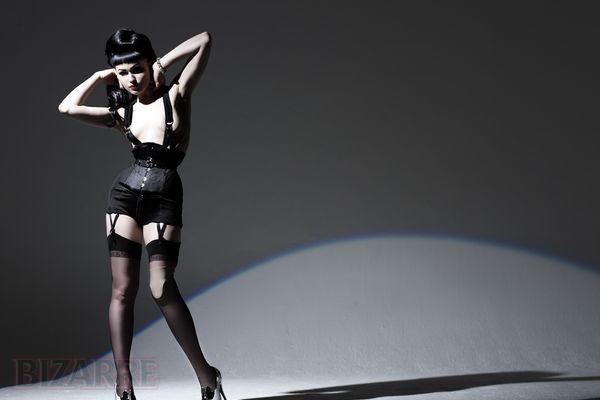The presence of lead paint on toys made in China this year brought the threat of lead poisoning to the forefront of the American mind. Parents, pundits, and politicians called on the U.S. government to DO SOMETHING. But lead poisoning was a problem for low-income families long before the China toy scandal and there was little to no outcry in the popular press.
Lead poisoning in children can increase the risk of cognitive delay, hyperactivity, and antisocial behavior. Many older homes and apartments available for rental in low-income neighborhoods still have lead paint and ingesting paint dust and paint chips is the most common way to get lead poisoning. Blood tests show that children living in poverty show much higher exposure to lead than other children.
According to William Ryan, if you are a landlord, renting out a residence with lead paint without making tenants aware of it is a crime. But, instead of enforcing compliance among landlords, the most common response to the threat of lead poisoning has been to warn mothers. Here is a representative poster:
Ryan writes that, while lead poisoning is often described as a problem involving negligent or ignorant mothers, it:
…is more accurately analyzed as the result of a systematic program of lawbreaking by one interest group in the community [landlords], with the toleration and encouragement of the public authority charged with enforcing that law.
So as long as the threat of lead poisoning was more-or-less restricted to the poor in the U.S., it was considered the problem of individuals (mothers) and the state refrained from doing much more than promoting individual responsibility. But, as soon as the lead poisoning threat affected middle class children through the toys from China, state intervention seemed appropriate.
Ryan again:
To ignore these continued and repeated law violations [by landlords who rent residences with lead paint], to ignore the fact that the supposed law enforcer actually cooperates in lawbreaking [by ignoring landlord infractions], and then to load a burden of guilt on the mother of a dead or dangerously ill child is an egregious distortion of reality. And to do so under the guise of public-spirited and humanitarian service to the community is intolerable.
CITATION: Ryan, William. 1998. Blaming the Victim. In Race, Class, and Gender in the United States. See also his book.


